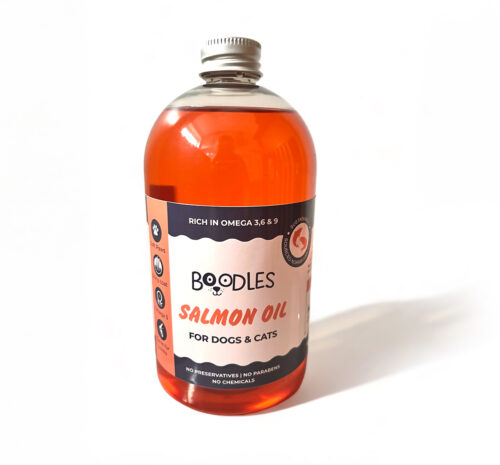
How to Protect Your Dog from Hot Weather
Summer Safety Tips for Dogs: Keeping Your Canine Cool and Healthy As summer approaches, it’s
What temperature is too hot for a dog?
I was reading about heat stroke in dogs, and it started me wondering and worrying what is the maximum, comfortable temperature for a dog, in a house without an air-conditioner?
This is a great question. The answer can also apply to those who have dogs that prefer to stay outdoors.
In general, with plenty of water, air circulation and shade, most dogs will probably do okay in warm temperatures up to about 90˚F / 32.2c. And to be honest how often does the UK really get above this temperature?
Saying that tho there is no hard and fast rule about a temperature limit. Dogs, like humans are individuals. They have differing tolerance levels just as we do. Dogs unfortunately do not sweat, making temperature regulating more difficult for them. They cool themselves primarily through panting and changing their external factors (i.e – they take themselves to the shade).
If it gets hot and humid enough, no amount of panting will do the trick. Plus, self-cooling ability depends on the dog. Brachycephalic dog breeds (short-snouted like Bulldogs or Pugs) cannot cool themselves as easily through panting. Dog breeds that originated in cold climates (like Huskies, Malamutes, and Newfoundlands) typically have a harder time adjusting to the heat.
There are several things you can do to keep your dog cool as temperatures rise. Indoor and outdoor dogs will benefit from cooling dog beds. Outdoor dogs might enjoy a small childrens pool or bath full of cool water.
You can also offer your dog chilled treats to keep him cool.
One of the most important things to do is to observe your dog during the hottest times of the day and see if he or she acts distressed and/or is excessively panting. If so, adjustments should be made to cool the environment or move the dog to a cooler location. If any signs of heat stroke or other illness appear, contact a vet immediately. Remember to take the proper steps to keep your dog safe all summer long.
Plan your walkies
Walk your dog in the early morning or late in the evening when temperatures are cooler so they will be at reduced risk of heatstroke – be particularly careful if your dog is unfit, obese or suffers from breathing difficulties.
Do the Seven Second Test
Tarmac can get very hot in the sun – check it with your hand before letting your dog walk on it so they do not burn their paws. Try the ‘seven-second test’; if it’s too hot for your hand, it’s too hot for your dog’s paws.
Check dogs are welcome
If you’re planning a day out, check whether dogs are welcome at the visitor attractions you plan to visit. Some public parks and beaches may have Public Space Protection Orders or Dog Control Orders in place over summer, so do check before travelling. If dogs are not permitted, please make sure you arrange for a pet sitter or kennels or choose a dog friendly alternative attraction.
Provide shade and water
Make sure your dog has access to shade throughout the day. If you need to keep you dog indoors you can keep them occupied with a good natural chew but always ensure they have plenty of fresh dinking water.
Don’t let them get burnt
Don’t let your pet get sunburnt – use pet-safe sun cream on exposed parts of their skin such as the tips of their ears and nose and avoid direct sunlight where you can – ask your vet for further advice if needed.
Not all products are OK to use on a pet. The thick, white cream that lifeguards slather on their noses contains zinc oxide, a common ingredient in nappy rash ointments. Zinc oxide is effective as a sunscreen for humans, but it’s toxic for dogs.





Summer Safety Tips for Dogs: Keeping Your Canine Cool and Healthy As summer approaches, it’s

Alcohol and Dogs: A Dangerous Combination Alcohol and dogs should never mix. Alcohol poses serious




FREE SHIPPING
for orders over £50
ANIMAL WELFARE
vet approved
100% NATURAL
No fillers – No additives
ECO FRIENDLY
Compostable packaging
Company Reg: 12263821
VAT No: 371306615
Trademark: UK00003458052
EORI: GB076768166000